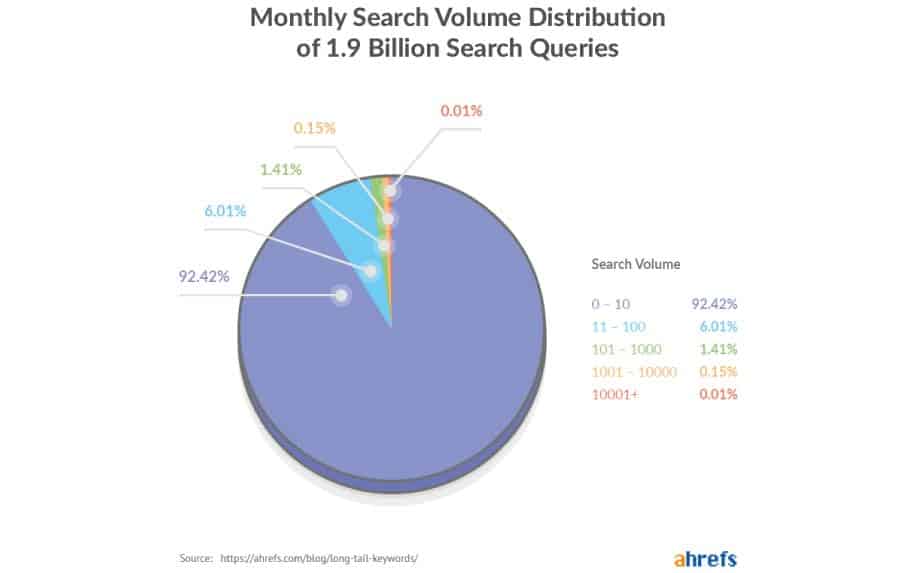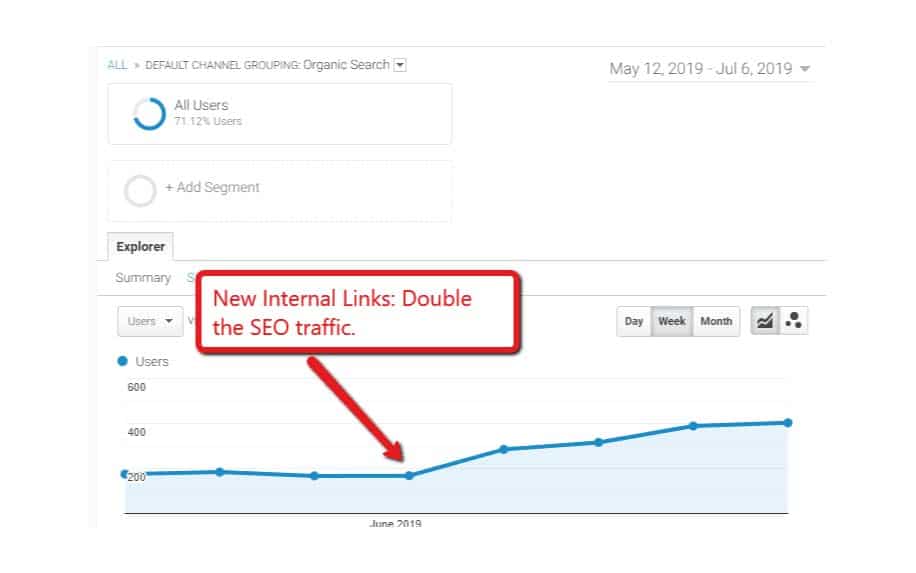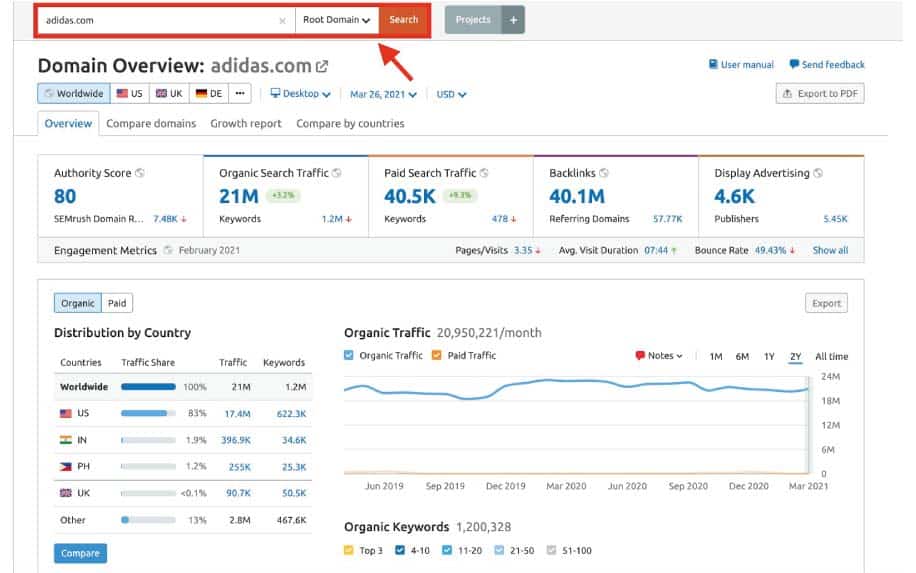Knowing what your competition is doing can significantly impact your profits. Competitor analysis tools are key. Although it takes a concerted effort from your marketing team, you can successfully analyse the competition to gain traction from your online tactics.
Conducting thorough competitor analysis provides crucial intelligence to inform your strategy and gain an edge. This guide explores 10 of the top competitor analysis tools available, outlining the unique value proposition of each. Follow this competitive intelligence workflow to get a 360-degree view of rival strengths, weaknesses, and opportunities.
One of the first things you must do is audit your competitors’ sites.
In these analyses, you want to identify and assess your competitors’ strengths and weaknesses to enhance your online marketing strategy.
An essential part of your business is understanding your customers and competition to use tactics that impact and promote growth.

Table of Contents
How can you do this and get the results you seek?
You should start with an assessment of your website. Once you know where the flaws are in your website, you can understand how these have affected your traction against the competition. Here are the steps you need to take:
Understanding the Importance of Competitor Analysis
- Elaborate on the crucial role of competitor analysis in today’s dynamic business environment.
- Identifying Market Trends: Explain how competitor analysis helps businesses stay abreast of industry trends, emerging technologies, and shifting consumer preferences.
- Unveiling Strengths and Weaknesses: Discuss how competitor analysis reveals the strengths and weaknesses of rivals, enabling businesses to benchmark their performance and identify areas for improvement.
- Informing Strategic Decisions: Highlight how competitor analysis provides actionable insights to guide business decisions regarding product development, pricing strategies, and marketing campaigns.
Demystifying the Landscape of Competitor Analysis Tools
- Introduce the various categories of competitor analysis tools and their specific applications.
- Social Media Monitoring Tools: Explain how these tools track competitor activity on social media platforms, providing insights into brand perception, engagement metrics, and customer feedback.
- Website Analytics Tools: Discuss how these tools analyze competitor website traffic, content performance, and search engine optimization strategies.
- Pricing Intelligence Tools: Highlight how these tools monitor competitor pricing strategies, enabling businesses to optimize their pricing for maximum profit and market share.
- Reputation Management Tools: Explain how these tools track online reviews, customer sentiment, and brand reputation, enabling businesses to address negative feedback and maintain a positive brand image.
Selecting the Right Competitor Analysis Tools for Your Business
- Provide a framework for selecting the most suitable competitor analysis tools based on business needs and budget.
- Define Objectives: Encourage businesses to clearly define their objectives for competitor analysis, whether understanding market trends, identifying pricing strategies, or benchmarking performance.
- Assess Resources: Guide businesses in evaluating their available resources, including time, budget, and technical expertise, to determine the complexity of tools they can effectively utilize.
- Consider Industry Needs: Emphasize the importance of selecting tools that cater to the specific needs of their industry, such as social media monitoring for consumer-facing businesses or pricing intelligence for e-commerce companies.
Utilizing Competitor Analysis Tools for Actionable Insights
- Offer practical guidance on extracting actionable insights from competitor analysis data.
- Data Aggregation and Analysis: Explain how to effectively gather, organize, and analyze competitor data from various sources to identify patterns and trends.
- Identifying Key Takeaways: Guide businesses in distilling key takeaways from the analysis, such as competitor strengths, market gaps, and potential opportunities for differentiation.
- Informing Strategic Decisions: Emphasize the importance of translating competitor analysis insights into actionable strategic decisions, such as product enhancements, marketing campaigns, or pricing adjustments.
Use Screaming Frog Crawl for a Breakdown of Your Site
Screaming Frog will crawl your website and let you know if there are any issues. This also helps you to benchmark where your site stands before you start looking at your competitors. It looks for the following:
Keyword Usage
You should take the title tag, meta description and meta keywords from Screaming Frog and input them into Google Analytics keyword data to determine the words that generate traffic to the site.
It is important to focus your efforts on local searches and avoid any competitive keywords to get full results.

Look at the URLs
URL analysis is important.
Your URLs should be under 100 characters, easy to remember and static. If you lack any of these criteria, you should create new URLs but redirect your old URLs to the new ones with a 301 direct to keep the traffic that was already going to that URL.
Title Tags
Title tags are measured by pixels. You need to make sure the tags are relevant to the page and unique. They should all have a call to action and no more than 160 characters.
They should normally be 40-60 characters long, with a keyword once close to the start of the sentence.
Headings
Every page should have a single H1 tag, as this is what search engines look for first. They should be text only. Other headings, like H2s and H3s, should be used every 200-300 words to break up your content.
H2 headings should be used for top-level subheadings, while H3s for subsections within H2 sections. Each successive class of headings carries on with this pattern.
Content
There should be at least 1,000 words of content on your blog pages. Otherwise, Google will likely ignore them. At a minimum, each page should have at least 300 words of content, with at least 400-600 words of unique content.
Internal Linking
Your assessment with Screaming Frog will provide information on your internal links. The more you link within your site, the easier search engines will be able to crawl within your site.

Images and Alt Texts
Your images should have ALT tags that describe the image with a keyword relevant to your website. Descriptive words should be used for these images.
Nofollow
This tag helps preserve relevancy in page rank. These tags should be used on blog comments or links with low-quality content. You might also use the no follow tag on external links, but you shouldn’t use it internally.
Competitor Analysis Tools
These are just some of the ways to audit your website. Once you have assessed your site’s issues, you should do the same for your competition. Of course, you can use Screaming Frog to check the same information on how competitors’ sites are configured.
Several competitor analysis tools on the market will help you determine how well their sites are doing in more detail and help improve your traffic:
Google Analytics (Free)
While not solely a competitive tool, Google Analytics allows you to benchmark performance against industry averages. Assess metrics like:
- Website traffic channels – where they drive more traffic than you. Outperform them.
- Top landing/exit pages – optimize where they are winning vs you.
- Conversion rates – find weaknesses you can improve on.
- Location/device data – expand where they have more users.
Ahrefs (Paid)
Ahrefs provides best-in-class link analysis and backlink intelligence:
- See where competitors earn links for outreach opportunities
- Assess domain authority and trust metrics
- Analyze anchor text patterns and SEO optimization
- Identify influential referring domains to reach out to
Backlink profiles reveal SEO strengths to model and weaknesses to target.
SpyFu
SpyFu helps you research the keywords generating the most traffic and profits for your competitors and download them for your use. It also provides the organic search keywords they use to help you improve your SEO performance.
QuickSprout
The QuickSprout competitor analysis tool will help you learn about comparable sites and provide the information you need to outrank them.
SEMrush
This tool helps you research any domain name and optimize your campaigns for success. It focuses on competitor research, keyword research, site audit and backlink analysis.
For keyword and content research, SEMrush excels at unpacking competitors’ strategies:
- Discover the keywords driving their organic traffic
- Find gaps in their keyword coverage to target
- Assess the strengths/weaknesses of their on-page optimization
- Uncover content ideas and site architecture strategies to beat them
SEMrush empowers you to dissect their approach and beat it with better execution.

Similar Web
Similar Web provides accurate insights on any site. It takes a deep dive into any site, app or platform.
SimilarWeb reveals high-level traffic insights on competitors. Discover:
- Total visits, geography, devices, engagement metrics
- Top referral sources and social channels
- Keyword rankings and search optimization opportunities
- Site speed benchmarks to improve your performance
The wide breadth of data makes SimilarWeb invaluable for macro-competitive intelligence.
Social Mention
This tool works in real-time, searching brand mentions. It searches images, videos, questions, and microblogs and uses broad-brush sentiment analysis.
Rank Signals
This tool checks backlinks to uncover the competition’s SEO backlinks and traffic sources.
Buzzsumo
This social media tracker provides the most shared content on a topic or competitor. Once you insert the search term, you’ll see how often the content was shared within a certain period.
To analyze competitors’ most engaging content, BuzzSumo provides invaluable data:
- See which specific posts perform best by shares and backlinks
- Learn topics and angles that resonate to create your versions.
- Identify influencers sharing their content to connect with
- Monitor new high-traction content with alerts
BuzzSumo sheds light on what is working from a content perspective.
Alexa (Free)
Alexa reveals website traffic stats beyond what SimilarWeb offers for free:
- Global and country-specific ranking data
- Daily/monthly unique visitors and pageviews
- Average time spent on site
- Top keyword categories driving traffic
Alexa highlights areas your competitors are winning that present opportunities.
Owletter (Free)
Owletter alerts you when competitors get mentioned, backlinked, or appear in the news:
- Monitor press mentions and PR wins
- See who links to them and outreach for your links.
- Catch failed SEO tests and issues flagged through algo updates
- Leverage crises and scandals affecting them
Owletter provides real-time intelligence to capitalize on.
Tools for Competitor Analysis: Gain a Competitive Edge and Optimise Your Digital Marketing
With these competitor analysis tools, you can learn quite a bit about the competition and its digital footprint. This is a good way to understand their key strategies to integrate them into your digital marketing plans.
These tools were designed to help you gain a competitive edge while learning new ways to optimise and enhance your site.
The data you acquire should be viewed from two different perspectives:
- The customer’s point of view.
- The competitor’s point of view.
Why would you do this?
Looking at competitor sites from a customer’s point of view can help you determine why the customers utilise their services. Is the site more interesting? Are the colours more engaging? Is their SEO stronger?
These elements play a role in determining why the competition’s site is doing better.
When looking at the competitor data, you should be asking the following questions:
- What products or services are they selling?
- What is their market share?
- How aggressive are they in advertising?
- How competitive are they as an organisation?
- How big of a threat are they to you?
- How do their strategies affect your business?
The answers to these questions, mixed with the analytics, will take your SEO and online marketing to the next level.
Being proactive in determining what the competition is doing to gain more followers or visitors to their sites is beneficial. This allows you to reverse engineer their strategies and improve upon them.
Remember that your competitors may use the same tools to understand their competitors, so the cycle is continuously changing. Having a sound strategy and implementation process can be the advantage you need. To find out more about digital strategy, contact ProfileTree today.
Competitor Analysis Tools FAQ:
Q: How often should you analyze competitors?
A: Conduct brief weekly analysis for real-time monitoring and comprehensive quarterly analysis to fully assess their strategy.
Q: What are the most important data points for effective analysis?
A: Traffic sources, keyword/content strategy, backlinks, engagement metrics, site UX, and conversions.
Q: How can you turn insights into action plans?
A: Identify areas they outperform you in to improve on. Find weaknesses to target and opportunities to get ahead.
Q: Is competitor analysis useful for small companies and startups?
A: Absolutely. Learning from those ahead of you accelerates growth, even if you aim to disrupt them eventually.
Q: Which free tools provide the most value?
A: Google Analytics benchmarks, Alexa for traffic stats, Owletter for monitoring news and backlinks. SEMrush’s free version is also helpful.
Competitor Analysis Tools Conclusion:
- Reiterate the significance of competitor analysis as an indispensable tool for businesses to stay ahead of the curve and achieve their strategic goals.
- Encourage readers to adopt a proactive approach to competitor analysis, regularly evaluating their rivals’ activities and incorporating insights into their business strategies.
- Express confidence in the readers’ ability to select the right competitor analysis tools, utilize them effectively, and leverage the gained insights to gain a competitive edge and achieve business success.
Using the right blend of competitor analysis tools provides unmatched insight into rival strategies and performance. But collecting data is just the first step. Acting on intelligence and executing better than competitors is crucial. Consistent analysis leads to continuous improvement.


